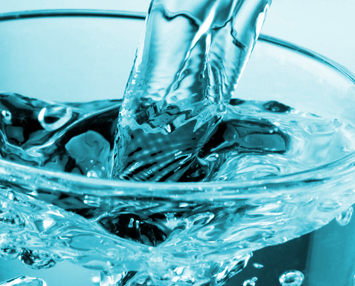Water safety laws questioned
 Experts have issued a warning about the systems and legislation intended to keep drinking water safe.
Experts have issued a warning about the systems and legislation intended to keep drinking water safe.
From Legionella bacteria to Non-tuberculous mycobacteria, safe transport of mains water depends on best practice and good policy, environmental health experts say.
“There are major inconsistencies in Australia, and overseas jurisdictions, in managing Legionella and other contaminants in water systems,” says Flinders University Associate Professor Richard Bentham, who has studied shortfalls in Legionella disease policy.
“For example, some of the requirements, to keep cold-water systems at the European standard well below 20℃, is not always possible in Australia.
“Other policy settings on warm-water, hot- and cold-water systems are not always based on evidence-based science, and usually rely solely on a localised tick-box protocol, which opens the gate for all sorts of things to happen.”
Environmental health experts, including Dr Bentham, also warn that some positive policy changes can lead to other potential problems.
“For example, the removal of all lead-based tapware and pipeline systems, as introduced recently in Victorian schools, might inadvertently lead to increased public health risk from microbial contamination, such as opportunistic premise plumbing pathogens (OPPPs),” Dr Bentham and colleagues say in a new scientific article.
“We recommend that future research into plumbing materials also weigh up its effect on OPPPs such as Non-tuberculous mycobacterium (which can cause serious pulmonary illness) ahead of changes in legislation.
Any changes in regulation regarding materials for potable water infrastructure need to be evidence based and must consider all potential risks to public health, Dr Bentham’s latest paper concludes.
“The complexities of water quality, materials of construction, microbial contamination, and public health risks are not well understood. For example, current data indicates limited scientific evidence to support the removal of brass fittings as a means of reducing lead exposures.”







 Print
Print